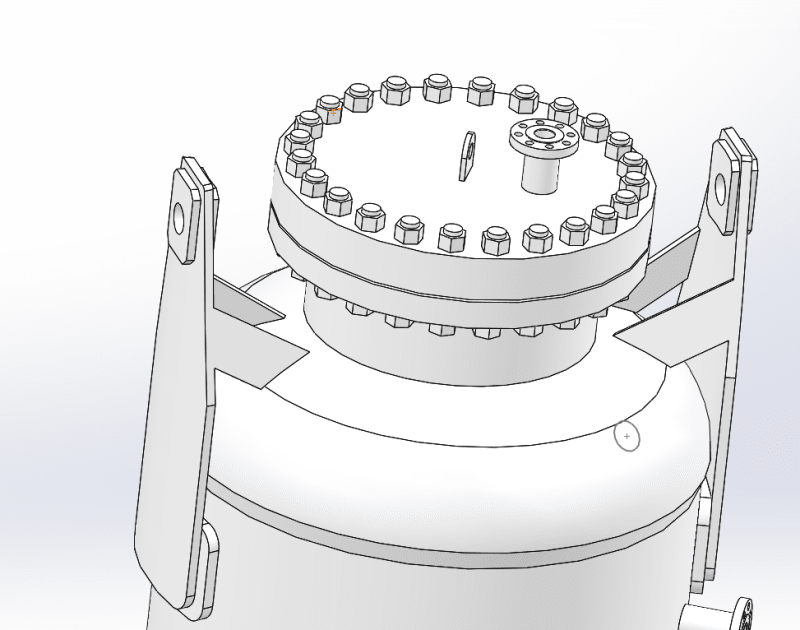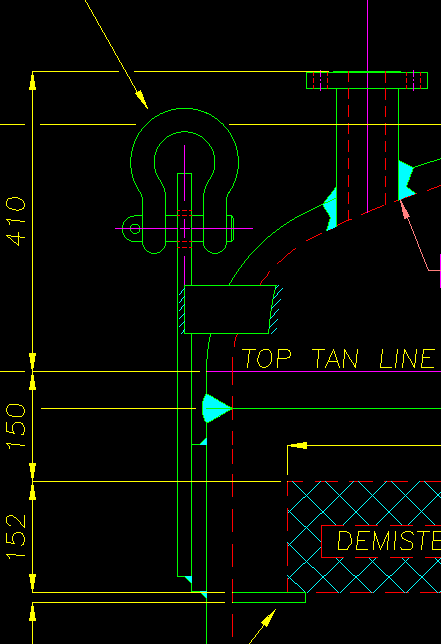behanan
Mechanical
- Jun 10, 2019
- 13
I have a vertical vessel of 5000mm ID , whose top end is elliptical head and bottom head is conical, with cylindrical shell attached in between. The weight of the vessel is 18tonnes. What will be the maximum thickness of the lifting lug ?


